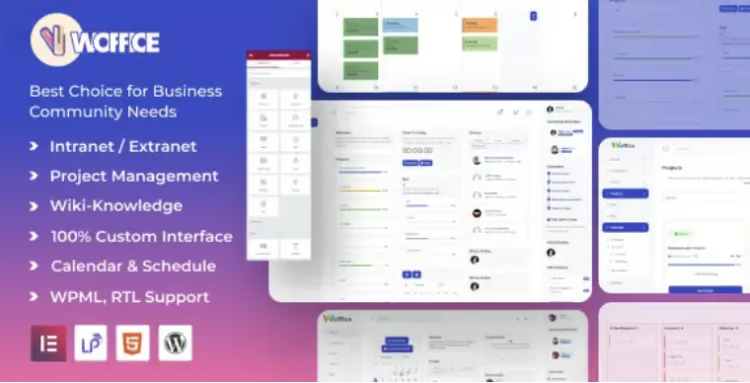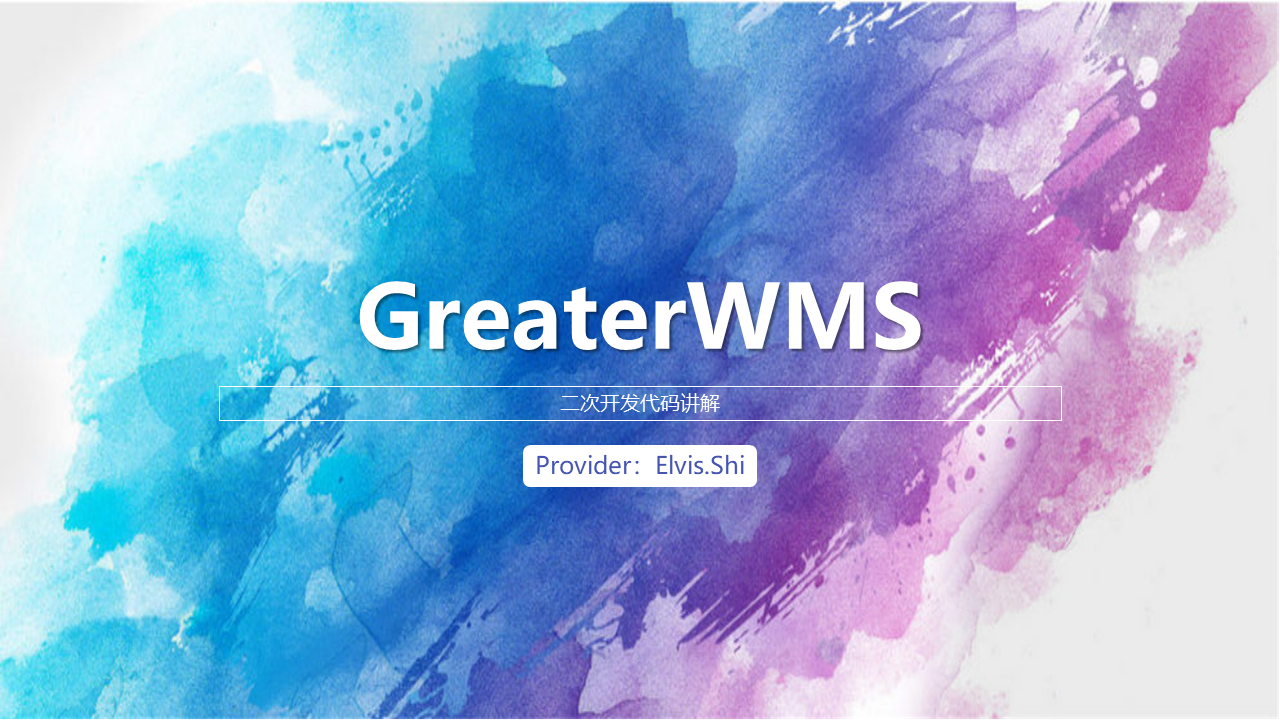Intranet, Extranet & Project Management Without the SaaS Sprawl
“Where’s the latest policy?” “Which board has the Q3 plan?” “How do I request access to the SFTP?” The day-to-day pain of most teams isn’t a lack of tools; it’s the lack of a coherent place to work. Woffice Pro – Intranet, Extranet & Project Management WordPress Theme (shortened below to Woffice Pro) is a pragmatic foundation for that place—combining familiar WordPress muscle memory with modules for projects, members, docs, and comms. This guide is a field-tested, builder-friendly handbook: how to model your org, wire permissions and content types, avoid performance and a11y footguns, and launch a digital workplace your people will actually use.
1) Why an intranet at all? (And what “good” looks like)
A good intranet is quiet and predictable. It answers four everyday questions fast:
1) What’s new? — company news, major changes, outages.
2) Who’s doing what? — project dashboards, task lists, owners, deadlines.
3) Where is the thing? — knowledge base, policies, templates.
4) How do I get help? — request forms, approvals, and the owner-of-last-resort.
“Good” is not “everything.” It’s a boring canonical source for the 20% of info that causes 80% of the DMs. Woffice Pro gives you the rails; the rest is governance.
2) Architecture: model the organization before you theme the pixels
Think in objects and verbs, not pages and menus. Here’s a lightweight IA that maps well to Woffice Pro:
Objects (content types / taxonomies)
- Projects → tasks, milestones, status, owners, channel links
- Knowledge → articles, SOPs, playbooks, postmortems
- People → profiles, departments, locations, skills
- Teams → cross-functional groups (e.g., “Site Reliability,” “Growth”)
- Announcements → company news & releases
- Requests → service desk tickets, approvals, forms
- Assets → templates, logos, policies, brand kits
Verbs (actions users take)
- Find (search across objects)
- Post (create announcement, doc, or task)
- Ask (file a request)
- Join (team, project space, event)
- Report (status update, health/risks)
If you can’t assign a piece of content to one of those objects, stop and rename it until you can. Naming is a control surface.
3) Roles & permissions: protect focus without creating walls
WordPress capabilities + Woffice Pro modules can mirror your org. A sane default set:
| Role | Capabilities (plain English) | Notes |
|---|---|---|
| Admins | configure modules, manage roles, global settings | keep this small (2–4 people) |
| Project Leads | create projects, edit their spaces, assign tasks | cannot change theme or global nav |
| Editors | publish knowledge, announcements | reviewers for legal/comms-sensitive areas |
| Members | read by default, comment, create drafts, file requests | default role for employees/partners |
| Guests/Clients | limited extranet access to named projects | read-only outside their spaces |
Rules of thumb:
- Private by default for drafts and new projects; public to members after kickoff.
- Extranet clients should not see global announcements or people directories unless required.
- Cross-posting between knowledge and projects is links, not duplicates.
4) Sourcing & cadence
If you prefer predictable downloads and a calm update rhythm across environments, many teams standardize through gplpal so theme and plugin versions don’t drift while you’re rolling out onboarding, policies, and project templates.
Final word
A digital workplace isn’t about features; it’s about time not wasted. Model your org clearly, keep pages fast and accessible, assign owners, and communicate like adults. With Woffice Pro on WordPress, you can build a useful, humane intranet and extranet in a month—and keep it trustworthy for years.







